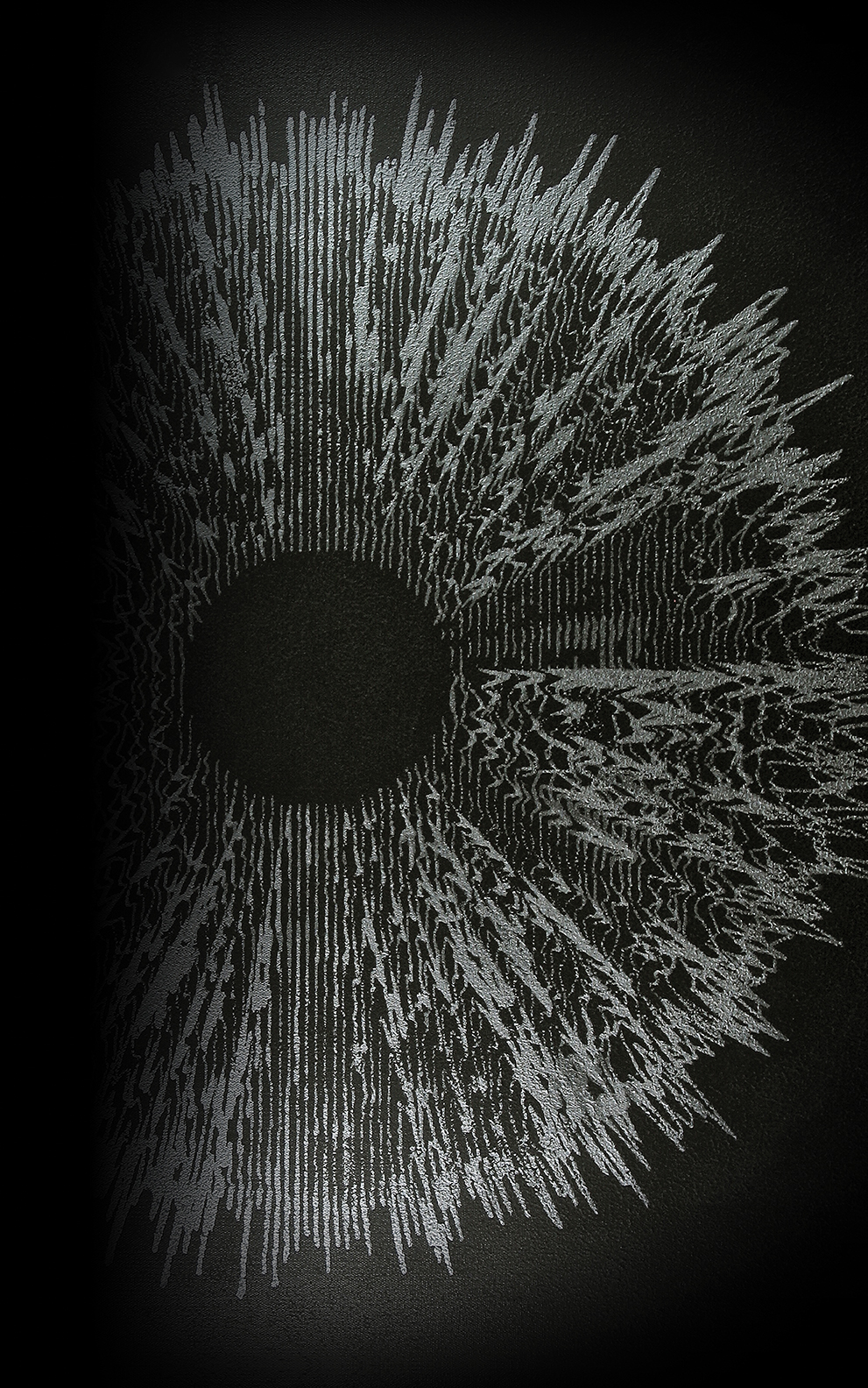Until recently, I’d been relying on my headphone system to talk to the band in the live room, or sometimes a PA speaker I’d place on the floor, instead of a permanent set of talkback speakers. On a related front, oftentimes a band member would want to play back rehearsal recordings or music examples for the rest of the band, almost always from an iPhone, so I’d patch in the iPhone to my monitoring system. A few months ago, someone had an iPhone without a headphone jack, so everyone gathered round to hear the music from the iPhone’s speaker. I thought about buying a Bluetooth receiver, like the Radial Engineering BT-Pro www.radialeng.com, but then I decided to solve both of my issues (talkback speaker and wireless playback) with a single product. I went scavenging (as GS calls it) on Amazon and eventually purchased the AmazonBasics 2.0 Channel Bluetooth Sound Bar www.amazon.com for $70. This is a wide and thin (31’’ × 3’’ × 3’’) powered speaker array designed to augment flat-screen TVs. Although it comes with mounting brackets, I took the easy route, and I just placed it on its rubber feet on the sill of the window between control room and live room. I then patched my monitoring system’s Studio Out to the RCA inputs of the sound bar using balanced-to-unbalanced cables (with Pin 3 disconnected). I also hung a cable off of the sound bar’s 3.5 mm input. The sound bar is now handling studio playback and talkback duties, as well as phone playback via Bluetooth or headphone jack. Despite its near-invisible size, it’s still loud enough to be heard (when the band isn’t mid-take), and its playback quality is sufficient enough for deciding if a take went well. Best of all, it took all of 15 minutes to unpack and connect everything. It comes with cables (including a TOSLINK cable for its digital input) and a compact, infrared remote control (with batteries even). I promptly misplaced the remote, but no worries, because the sound bar has clearly labeled pushbuttons and LED indicators on top. On the topic of Amazon finds — several times a year, I gather materials to make costumes for my kids. I recently discovered a thermoplastic that is hand-moldable at low temperatures (150° F). Polycaprolactone (PCL) is available in filament form for 3D printers, but you can also buy it in sheets and beads under various brand names (InstaMorph, ThermoMorph, Polly Plastic, etc.). After a dunk in hot water, or a few passes of a heatgun or hair dryer, you can shape PCL like clay. A dunk in cold water (or just air-cooling) will result in the material re-solidifying. Oddly, when it’s melted at 150°, it doesn’t transfer much heat to your hands as you mold it, unlike hot glue. (Even low-temp hot glue can scald.) Once cooled, PCL is easy to cut, sand, or drill; and you can always re-melt it if you want to start over. Its natural color at room temperature is a milky, translucent white; but you can colorize it by adding pigment beads. Beyond costume parts, I’ve used PCL to make a mic clip (I wrapped the mic in plastic first), fill a hole in an acoustic wall, replace a missing footpad for a piece of gear, make standoffs for a circuit board (one that doesn’t get hot), and even form a temporary potentiometer knob while awaiting a replacement. Because PCL is somewhat flexible, it’s not the best material to use for something that needs to be truly solid. For that, I recommend two-part epoxy putty for freeform hand-molding, and sheets of acrylic-polyvinyl chloride for bending and forming with a heatgun. My go-to brands for that are Milliput www.milliput.com and Kydex www.sekisui-spi.com

